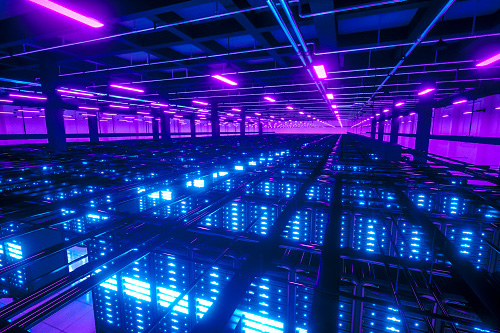One of the issues that’s key to delivering higher-performing computing solutions is something that predates the PC itself: managing distributed file systems. The challenge becomes more acute when the applications involve manipulating large quantities of data. The tricky part is in how they scale to support these data collections, which might consist of video security footage, life sciences data collections and other research projects.
Storage systems from Qumulo integrate well into a variety of existing environments, such as those involving multiple storage protocols and file systems. The company supports a wide variety of use cases that allow for scaling up and out to handle Petabyte data quantities. Qumulo can run at both the network edge, in the data center and on various cloud environments. Their systems run on Supermicro’s all non-volatile memory express (NVMe) platform, the highest performing protocol designed for manipulating data stored on SSD drives. The servers are built on 24-core 2.8 GHz AMD EPYC™ processors.
Qumulo provides built-in near real-time data analytics that let IT administrators predict storage trends and better manage storage capacity so that they can proactively plan and optimize workflows.
The product handles seamless file and object data storage, is hardware agnostic, and supports single data namespace and burstable computing running on the three major cloud providers (AWS, Google and Azure) with nearly instant data replication. Its distributed file system is designed to handle billions of files and works equally well on both small and large file sizes.
Qumulo also works on storage clusters, such as those created with Supermicro AS-1114S servers, which can accommodate up to 150TB per storage node. Qumulo Shift for Amazon S3 is a feature that lets users copy data to the Amazon S3 native format for easy access to AWS services if the required services are not available in an on-prem data center.
For more information, see the white paper on the Supermicro and Qumulo High-Performance File Data Management and Distributed Storage solution, powered by AMD EPYC™ processors.









